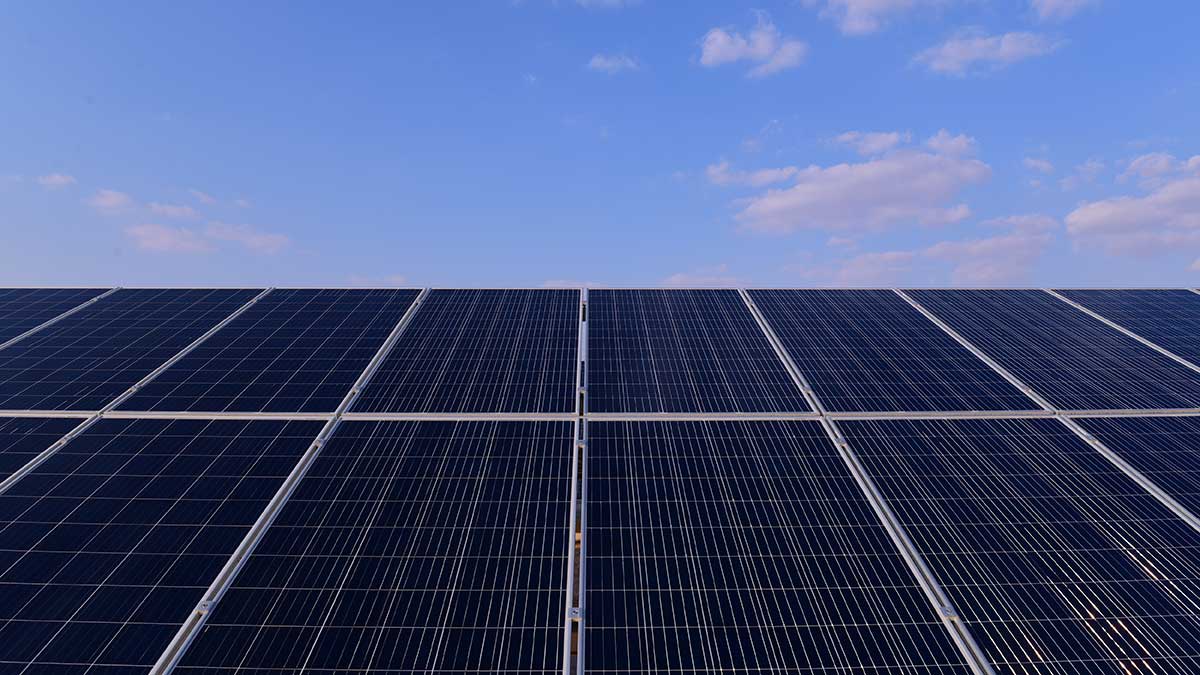Solar Benefits
Off-grid renewables offer more than lower-carbon solutions

Global July 23, 2023
Photovoltaic technology benefits onshore and offshore remote facilities.
While the world focuses on renewable energy as a key lever to achieving net-zero emissions, renewables can also provide potential economic advantages beyond decarbonization. For example, this source of energy also offers “off-grid” solutions for offshore and onshore remote facilities.
The goal is to capture solar energy through photovoltaic (PV) technology and generate energy, part of which can be consumed immediately by day-time demand, while the rest is stored for later use including to supply night-time demand.
A primary driver of off-grid photovoltaic and battery storage technologies is to avoid long distance power transmission and other distribution costs — especially submarine cables — while attempting to reduce environmental footprints.
Offshore solutions — cutting down on subsea cables
In 2017, an off-grid photovoltaic and battery storage solution was pursued for Berri Crude Increment program. Undisputed economic benefits were demonstrated — significant costs were avoided by negating an alternative solution requiring 8 km of subsea cable.
A year later, the same solution was applied to 19 platforms under the Zuluf Development Program as a result of positive lessons learned from Berri. Power supplies and distribution systems were optimized, and around 160 km of subsea power cables were avoided.
Aramco has also adopted this practice for offshore platforms under the Safaniyah and Manifa programs, eliminating the need for some 350 km of submarine cables.
Onshore alternatives
Utilizing off-grid PV energy for remote onshore locations in Saudi Arabia dates back to the 1980s. A number of the systems and applications powered by renewables back then are still operational today, supporting the reliability and efficiency of this solution.
There are still more potential opportunities for stand-alone small scale off-grid PV systems at Aramco — for offshore and onshore facilities. In line with this, Aramco has embedded a forward-looking assessment of renewable opportunities — not only to support its net-zero ambition, but also to optimize project performance and capital efficiencies.
Did you know?
In 2018, Aramco introduced an engineering standard related to the design and specifications of off-grid solar systems for onshore and offshore applications. “SAES-P-128, Off-grid Solar Photovoltaic (PV) System with Battery Storage” addresses the technologies and methodologies in system components such as PV panels, charge controllers, batteries, and inverters.
It also covers the overall system design. This engineering standard aims to ensure that designers utilize a similar approach in the design and construction of these systems, to help standardize maintenance and operational practices.
Caption for top photo: The Berri Crude Increment, Zuluf Development Program, and the Safaniyah and Manifa programs have all adopted off-grid photovoltaic and battery storage solutions.



